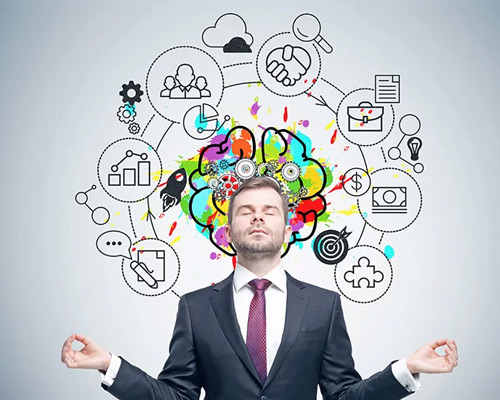Introduction
In the latest corporate sectors, workforce engagement in training has become more challenging. This can lead to less productivity and decreasing efficiency in companies. One effective way to overcome this situation is through the process of gamification. Gamification is a broader term, but in corporate training, it refers to the infusion of game-like tactics in non-gamic contexts. It is the process of making training more interesting and interactive. It includes the use of leaderboards, rewards, and badges to increase active participation among employees.
What is Gamification in Corporate Training?
Gamification is the infusion of gamic techniques in non-gamic contexts. It aims to make training more motivating and interactive.
Although gamification has roots long back, the term gained much traction in the corporate sector in 2010, when pioneers like Richard Brenner and Ian Kenny of Bunchball introduced a gamification system on the popular NBC website, enabling users to accumulate points and earn rewards for engaging in various online activities.
Gamification proves very helpful in luring employees to stay focused during their hectic and lengthy training sessions. Infusion of gamification elements in training sessions triggers dopamine in the human brain, which is the main element of keeping a person happy.
Gamification elements like points, leaderboards, and badges can keep a learner hooked to the sessions. These little appreciations can make the training more interesting. Using gamification elements provides the learner with a sense of recognition and knowledge retention.
How Gamification Will Make Your Workspace More Productive
Workspaces can be more productive by including in them the most important gamification elements. The following Gamification elements would end up in positive results. According to Google research shows that Gamification increases workplace engagement by 48% and 90% increase in productivity.
Gamification Elements
Leaderboards: Leaderboards are visual tools that show people how well they are progressing. They help employees keep track of their improvement and encourage them to identify their strengths and weaknesses. Leaderboards:
- Rank participants based on their performance
- Provide immediate feedback
- Foster internal competition
- Enhance collaboration among participants
This tool is most helpful for employees to quantify their work progress. It can increase their interest in training and make them more attached to their work. You can title the leaderboard as per the need; for instance, in banks, you might use “The Topper of the Quarter, Winning Customer Hearts, is…”.
Rewards: Rewards are the incentives for completed work. These can be in the form of points, badges, or currencies.
Quizzes: Quizzes are timely assessments that helplearnersr see what they have learned and where they are lagging. They help in knowledge retention.
Points: Points are a form of ranking that shows how well a learner has performed.
Best Practices and Tools for Incorporating Gamification into Training Programs
To successfully incorporate gamification into training programs, consider the following best practices and tools:
1. Engagedly: Engagedly is gamification software developed specifically for HR. It aims to improve management and employee engagement through the use of game mechanics.
2. AI Adventure: AI Adventure is an innovative learning platform specializing in the playful transfer of knowledge about Data and Artificial Intelligence (AI). Through an immersive experience similar to an escape room, AI Adventure enables participants to solve exciting puzzles in groups while learning basic data and AI concepts. It aims to increase data literacy in organizations and foster a deep, lasting understanding of data and AI. The combination of playful learning and
practical application makes it ideal for team building and promoting data understanding at all levels of the organization.
3. Influitive: Influitive is a software platform that gamifies customer acquisition. It was developed to engage customers through activities such as reviews, recommendations, and participation in events.
4. Spinify: Spinify is gamification software tailored to motivate sales teams. It focuses on the use of competitive elements such as leaderboards and competitions to boost sales performance.
Features:
- Real-time rankings for sales tracking
- Customizable sales competitions
- Tools for employee recognition
Advantages:
- Improves motivation and competition within the team
- Provides visibility of sales targets and successes
- Encourages a performance-oriented culture Gamification Features
Conclusion
Gamification is the incorporation of gamic tactics in a non-gamic context. Gamification follows the protocol of a win-win situation, where both the company and the employee benefit.
- Increased productivity
- Increased efficiency
- Fosters teamwork
- Increases knowledge retention
- Enhances employee motivation
- Provides real-time feedback
By integrating gamification into training programs, companies can significantly improve employee engagement and learning outcomes.
Author
Shajr-e-Gulshan









